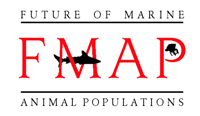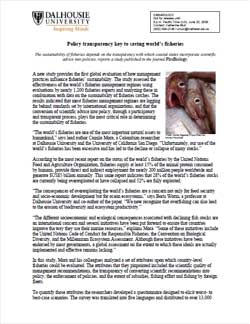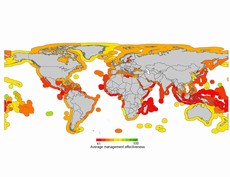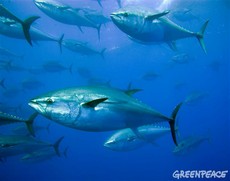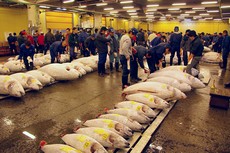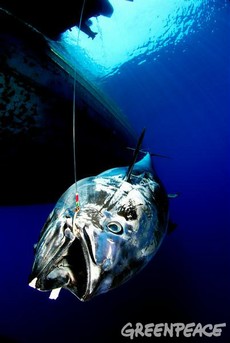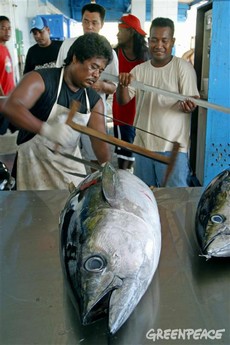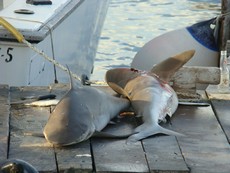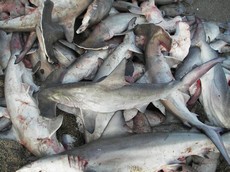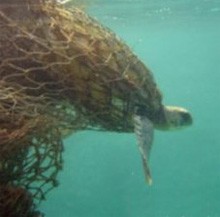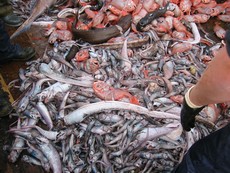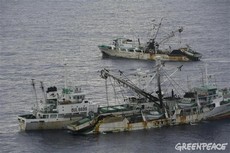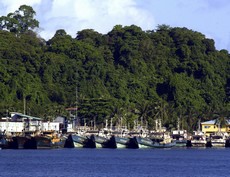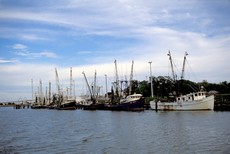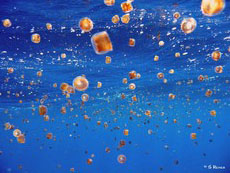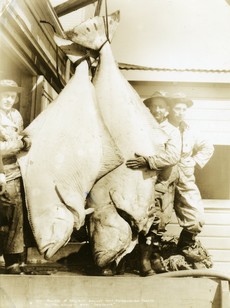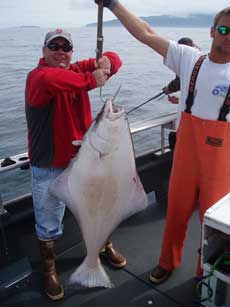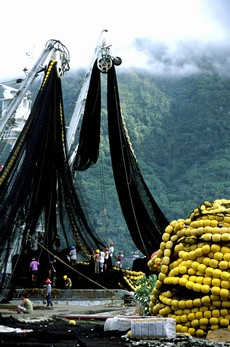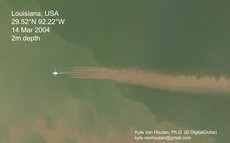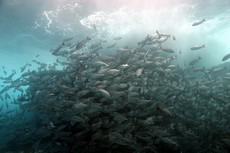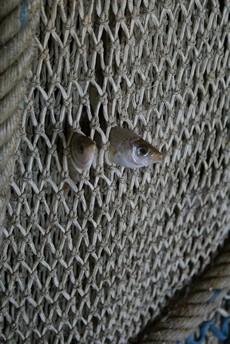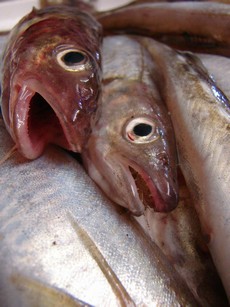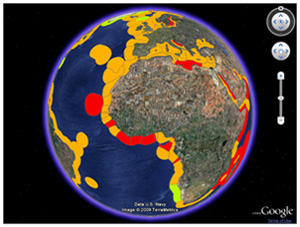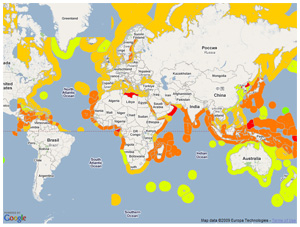|
||||||||
|
|
Contacts for External Comments:
The materials provided in this page can be use by the press for news associated with the Mora et al. PLoS Biology paper, as long as the credits for the sources, which appear below each video or photo, are given.
High quality versions of the videos are available to download below.
If you experience problems with these files please contact Camilo Mora at [email protected]
Management of the World's Fisheries
General description of the study. Footage courtesy of GreenPeace, Fabio De Leo, SkyTruth, SharkWater, SeaWeb and Findlay Muir.
HIGH QUALITY VERSION
(right click and select 'Save Target As...')
General description of the study. Footage courtesy of GreenPeace, Fabio De Leo, SkyTruth, SharkWater, SeaWeb and Findlay Muir.
HIGH QUALITY VERSION
(right click and select 'Save Target As...')
Average effectiveness of the world's fisheries management
This clip features the results of the study. Animation by Camilo Mora.
HIGH QUALITY VERSION
(right click and select 'Save Target As...')
This clip features the results of the study. Animation by Camilo Mora.
HIGH QUALITY VERSION
(right click and select 'Save Target As...')
B-Roll
This clip features the b-roll that is available for use of the press with news associated with this paper.
HIGH QUALITY VERSION
(right click and select 'Save Target As...')
This clip features the b-roll that is available for use of the press with news associated with this paper.
HIGH QUALITY VERSION
(right click and select 'Save Target As...')
The materials provided in this page can be use by the press for news associated with the Mora et al. PLoS Biology paper, as long as the credits for the sources, which appear below each video or photo, are given.
High-resolution images are available by clicking on the images.
Effectiveness of the world's fisheries management regimes. This map shows the average scores each country received for the scientific robustness of its fisheries recommendations, transparency in converting scientific recommendations into policy, capability to enforce regulations and the extent of subsidies, fishing effort and foreign fishing. See paper for details.
Bluefin tuna fishing. One of the world's most profitable species is currently at the brink of a collapse due to high demand from oriental cuisine and poor regulation policies that allow high fishing quotas largely exceeding the recommendations by scientists.
Shark fishing. Many of these top predators are currently recognized as being highly threatened by extinction due to intended and incidental catches to supply the high global demand for shark fins, an Asian delicacy. The generation and enforcement of regulations within this industry remain precarious worldwide.
By-catch: Capture of non-intended species. Due to the non-selectivity of certain fishing operations, many unintended species are often capture and returned dead or dying to the ocean. Globally, by-catch is estimated at about 30% of the fisheries catch and although devices to reduce it already exist their implementation is highly variable among countries.
Overcapacity or increase in fishing effort. Open access to fishing leads to a "race for fish" that commonly increases fleet size and fishing power. Regulation of this activity has resulted in the decommissioning of boats that often end up fishing in developing nations, or in the modernization of the remaining boats. According to the FAO, in 2004 the world's fishing fleet consisted of 4 million vessels.
Ecosystem effects of overfishing: jellyfish blooms. Recent explosions in the populations of these gelatinous organisms have been attributed in part to ecosystem disorganization due to overfishing.
Ecosystem effects of overfishing: historical reduction in fish body size. Due to the tendency for capturing large animals, several wild populations of fish have experienced reductions in their body size. This change is also accompanied with early sexual maturation and reduced production of smaller eggs, which may impair populations' resilience to stressors.
Commercial fishing methods: purse seines. One of the most revolutionary large-scale fishing methods. The decline of many fisheries stocks has been linked to the appearance of these and similar commercial fishing operations.
Commercial fishing methods: bottom trawling. A fishing method, in which a fishing net is dragged on the sea floor to capture different benthic organisms. Unfortunately, the method has a high level of by-catch and it is particularly destructive of benthic habitats.
Varied photos.
Select Google Earth or Google Maps to see the
results for any particular country
Please select the format in which you wish to view the results. The Google Earth version requires a plugin to be installed, after the initial install of the plugin the data will load quicker in the Google Earth version.
Last Updated: 2022-07-01 |
